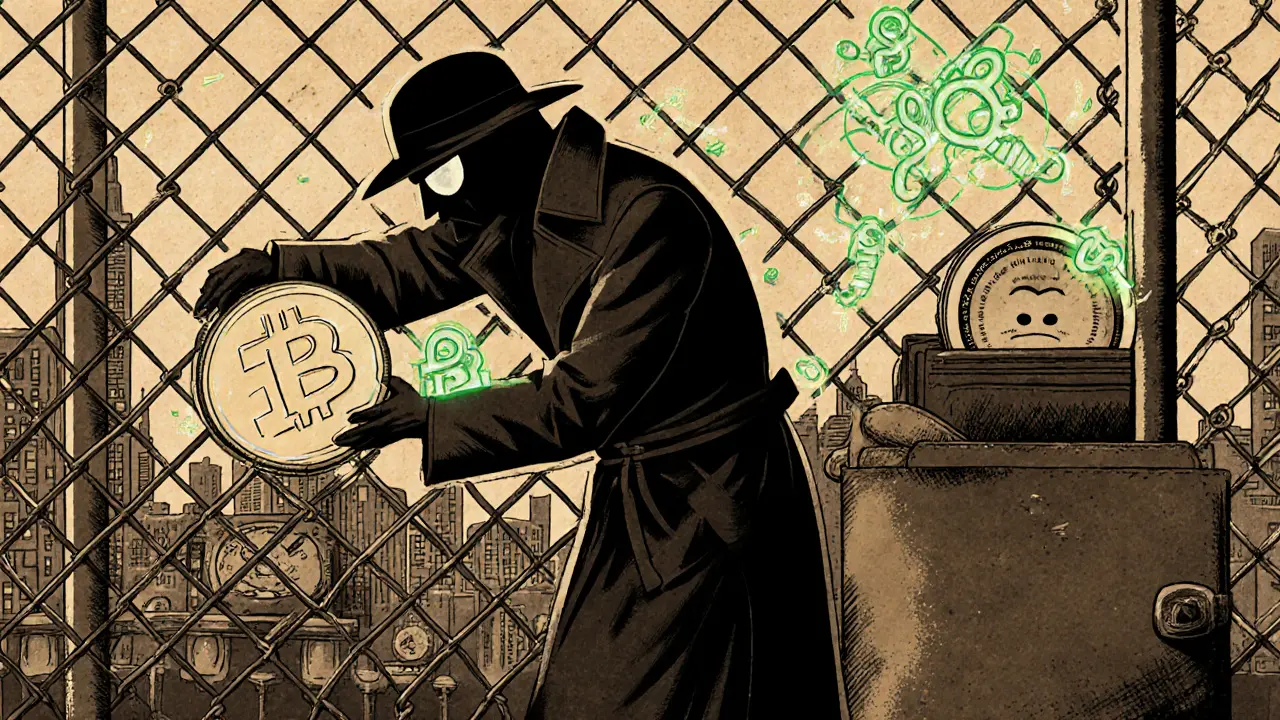Quantum Computing Crypto Threat: How Future Tech Could Break Blockchain Security
When we talk about the quantum computing crypto threat, the risk that future quantum computers could break the cryptographic codes protecting Bitcoin and other blockchains. Also known as quantum attack on blockchain, it’s not science fiction—it’s a real technical challenge that cryptographers are racing to solve. Right now, your crypto holdings rely on math that’s hard for regular computers to crack. But quantum computers? They don’t play by the same rules.
Most blockchains, including Bitcoin and Ethereum, use something called Elliptic Curve Cryptography, a system that secures digital signatures by making it nearly impossible to reverse-engineer a private key from a public one. Also known as ECC, it’s the backbone of how you sign transactions and prove ownership. A powerful enough quantum computer could use Shor’s Algorithm to crack that math in minutes, not billions of years. That means someone with the right machine could steal coins from any wallet that hasn’t moved its funds since the public key was exposed—like most Bitcoin addresses that reuse addresses for multiple transactions.
It’s not just Bitcoin. Every blockchain using similar crypto is at risk. That’s why researchers are building post-quantum cryptography, new encryption methods designed to resist attacks from both classical and quantum computers. Also known as quantum-resistant algorithms, projects like NIST’s standardization effort are already testing replacements like CRYSTALS-Kyber and Dilithium. Some newer chains, like QRL and Algorand, are starting to bake these in from day one. But older ones? They’re still using the same math from 2009.
This isn’t about tomorrow. Experts estimate a quantum computer capable of breaking ECC might arrive in 10 to 20 years. But the danger isn’t the machine itself—it’s the data being harvested now. Bad actors could be storing encrypted transaction data today, waiting for quantum power to unlock it later. That’s why moving your crypto to new, quantum-safe addresses before the threat becomes real is one of the smartest moves you can make.
The good news? The crypto world isn’t sleeping. Developers, researchers, and even big exchanges are starting to plan for this. You don’t need to understand quantum physics to protect yourself. You just need to know that today’s security might not last, and that the next wave of crypto safety is already being built.
Below, you’ll find clear, no-fluff guides on how this threat actually works, which coins are most at risk, what’s being done to fix it, and how you can stay ahead—without needing a physics degree.
Quantum computing could break the encryption protecting Bitcoin and other cryptocurrencies. Learn how Shor's algorithm threatens crypto security, which coins are most at risk, and what you can do today to protect your assets.
Continue reading





